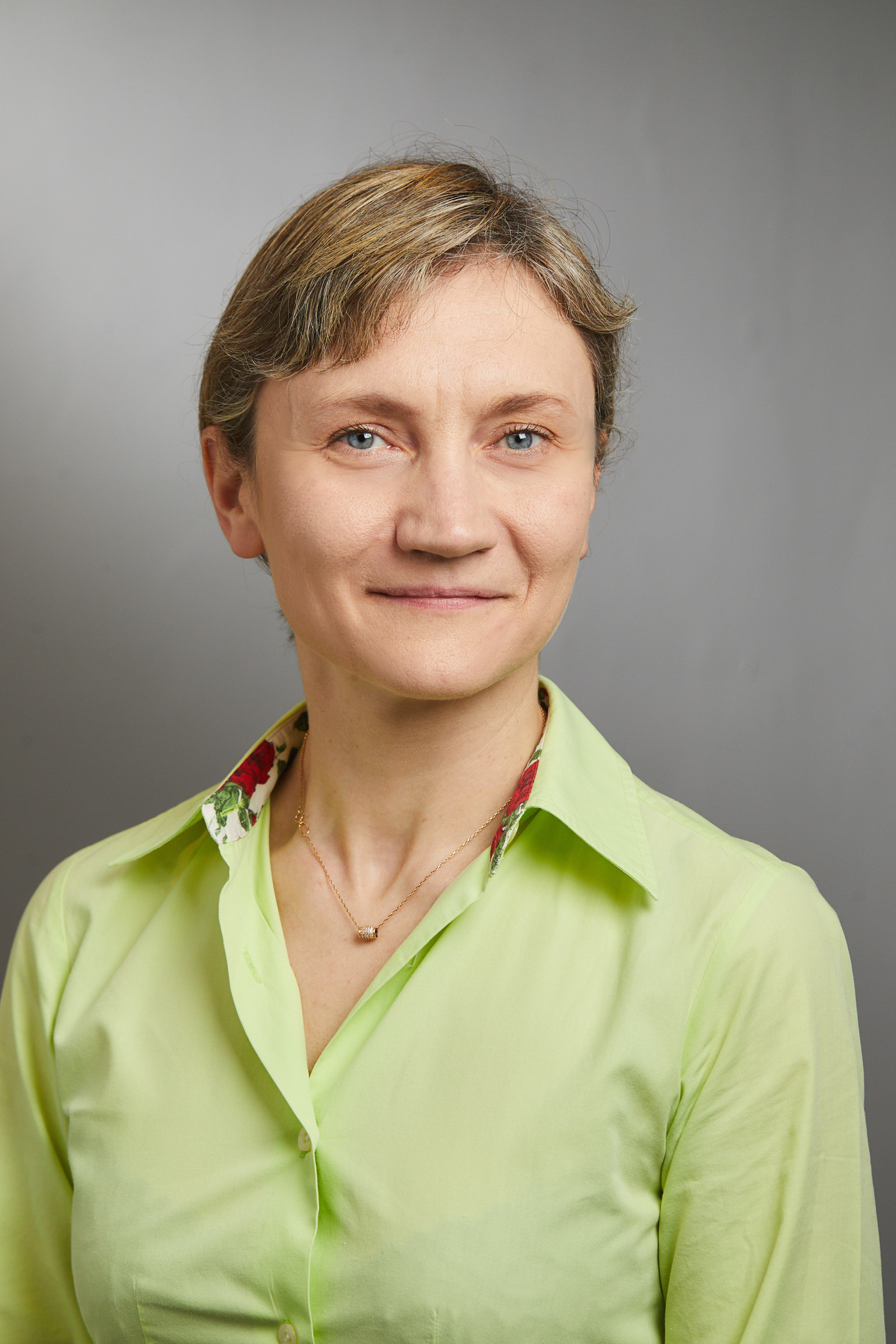Elena Gracheva, PhD, received her PhD from the University of Illinois in Chicago in 2008 and performed postdoctoral training in the laboratory of Dr. David Julius at the University of California, San Francisco, working on infrared sensation in snakes and bats. In 2012, Dr. Gracheva started her lab at the Yale University School of Medicine. She is also co-–founder of Sensory Physiology Club, an independent outreach program for students from high schools in the greater New Haven, New York, and Boston areas.
The main goal of Dr. Gracheva’s lab is to understand the cellular, molecular, and physiological basis of mammalian hibernation. Her lab employs multidisciplinary approaches, including naturalistic animal behavior, electrophysiology, imaging, genomics, transcriptomics, and single-cell sequencing. Her notable contributions to science include discovering mechanisms of cold tolerance and fluid ionic balance in hibernators. Her group will apply these approaches to reveal molecular and cellular signatures associated with Parkinson’s disease.


